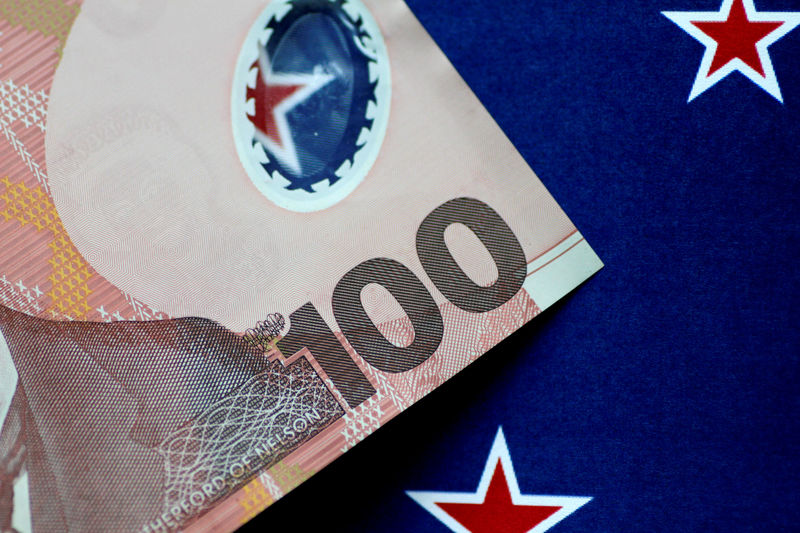UBS expressed caution on the New Zealand dollar (NZD), citing a challenging economic outlook and potential for underperformance against other major currencies.
The pair has recently traded within a range of 0.59 to 0.62, with relatively high interest rates in New Zealand providing some support despite a weakening domestic economy.
Inflation in New Zealand remains high, driven by factors such as rising unemployment, declining business confidence and continued cost of living pressures that are impacting discretionary spending.
However, a slight recovery in dairy prices offers a potential benefit to sector forecasts for the years 2024-2025.
The Reserve Bank of New Zealand (RBNZ) maintained a hawkish stance at its latest meeting and surprised markets by considering a rate hike. The central bank has also adjusted its official cash interest rate (OCR) rate, indicating the likelihood of further monetary tightening is higher.
Nevertheless, in a recent interview, RBNZ Governor Adrian Orr downplayed the chances of another rate hike as long as inflation expectations remain anchored. Short-term forecasts for the Consumer Price Index (CPI) were revised upwards, and the expected return to the target inflation range of 1-3% annualized was postponed until the fourth quarter of 2024, with a projection of 2.9% annualized. -on-year.
Economic growth forecasts for 2024 were cut to 0.4% annualized from the previous 0.9%, while UBS’s estimate of 0.3% was even lower. The 2025 forecast was also lowered from 2.5% year-on-year to 1.8% year-on-year.
The New Zealand government’s 2024 Budget announcement underlined future challenges, with weaker growth expectations and tax cuts leading to an expected deficit of NZD 13.4 billion in the 2025 financial year, equivalent to 3.1% of GDP, compared to a previous forecast of a deficit of NZD 6.1 billion.
UBS predicts that additional government bonds will be issued, which could push yields higher than the current 10-year forecast of 4%. On interest rates, UBS expects a 25 basis point cut in November and a 50 basis point cut in February 2025, with an expected final rate of 3.25% in the fourth quarter of 2025, down from the current 5.5 %.
From an investment perspective, UBS expects the New Zealand dollar to underperform most G10 currencies over the next twelve months. They also project the pair to rise to around 1.15 over the same period, indicating a long position if the pair falls to around 1.08 or lower.
Although technical indicators show the NZD is at the upper end of its Relative Strength Index (RSI) range and momentum is positive, it appears to be waning. Key risks to the NZD/USD outlook include potential aggressive actions from the US Federal Reserve, geopolitical tensions between the US and China, and an unexpected rate hike by the RBNZ.
This article was produced with the support of AI and reviewed by an editor. For more information see our General Terms and Conditions.


